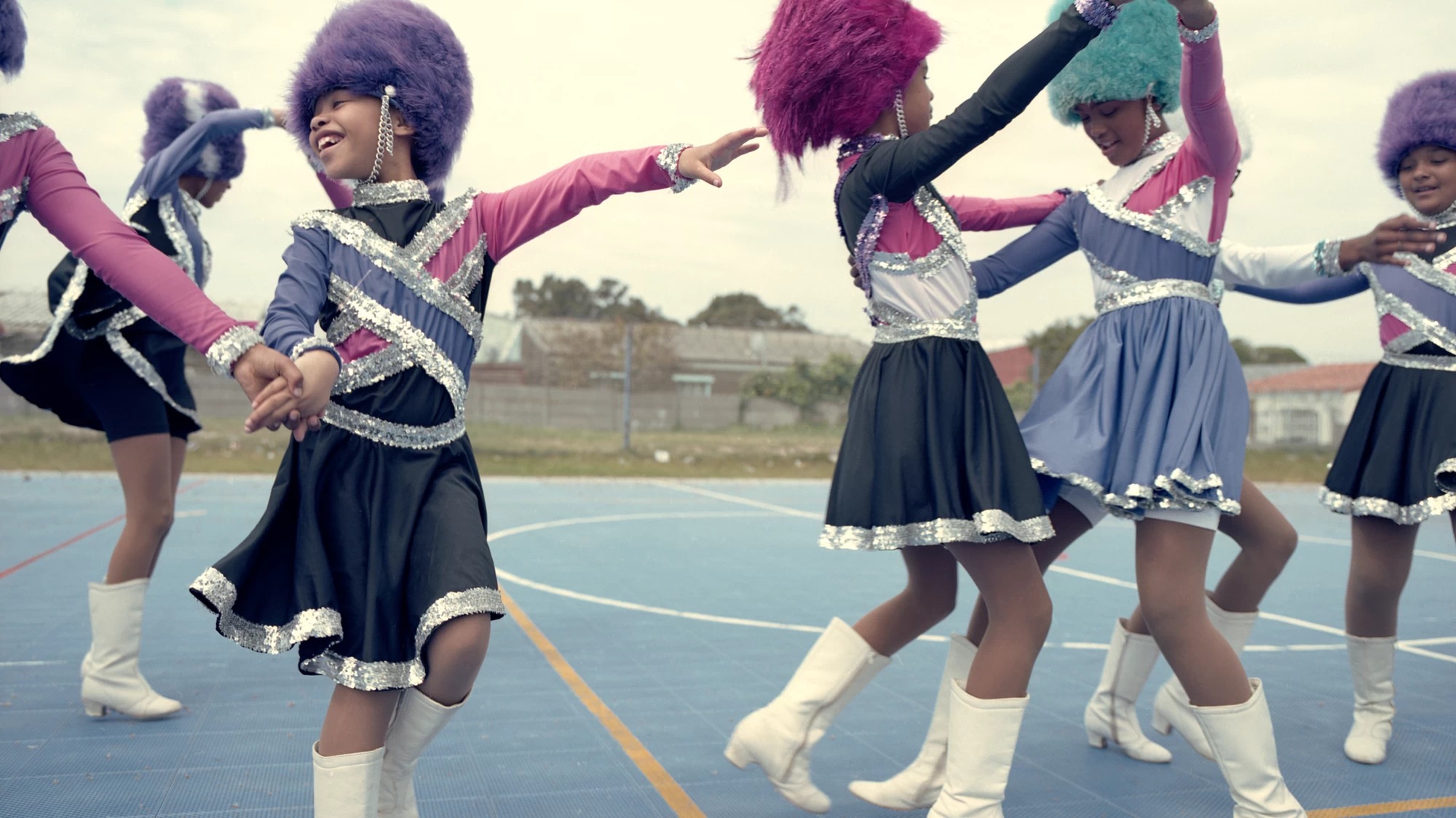Alice Mann’s work is threaded by her interest in race and community. The South African photographer’s latest series, Drummies, documents young majorettes, with images that highlight girls’ commitment to athleticism as well as the strength derived from participating in this dynamic coterie. Many team members, ranging from five to 18 years old, come from struggling backgrounds, but their involvement in the sport provides structure, focus, and potential upward mobility through scholarships and national tours. Outfitted in brightly-hued uniforms with sequined trims, their gazes communicate determination, aspiration, discipline, and confidence — a heartening display of amour-propre one would wish for any girl.
Drummies is the latest series in Mann’s portfolio focusing on subcultures that positively affirm collective identity. She’s documented members of La Sape d’Europe, a Congolese crew who use fashion as a means of empowerment, and captured the colorful Sunday Best looks of the Walworth Methodist Church congregation in a makeshift portrait studio. She photographed members of her own wealthy suburban community in Cape Town and the black domestic workers who tidily maintain their lives: the two halves providing a powerful deconstruction of post-apartheid racial dynamics. She was recently announced as one of the four photographers shortlisted for the 2018 Taylor Wessing Photographic Portrait Prize.
At Unseen Amsterdam this weekend i-D spoke to the photographer about natural camera charisma, the power of the uniform, and giving young women the credit they rightfully deserve.
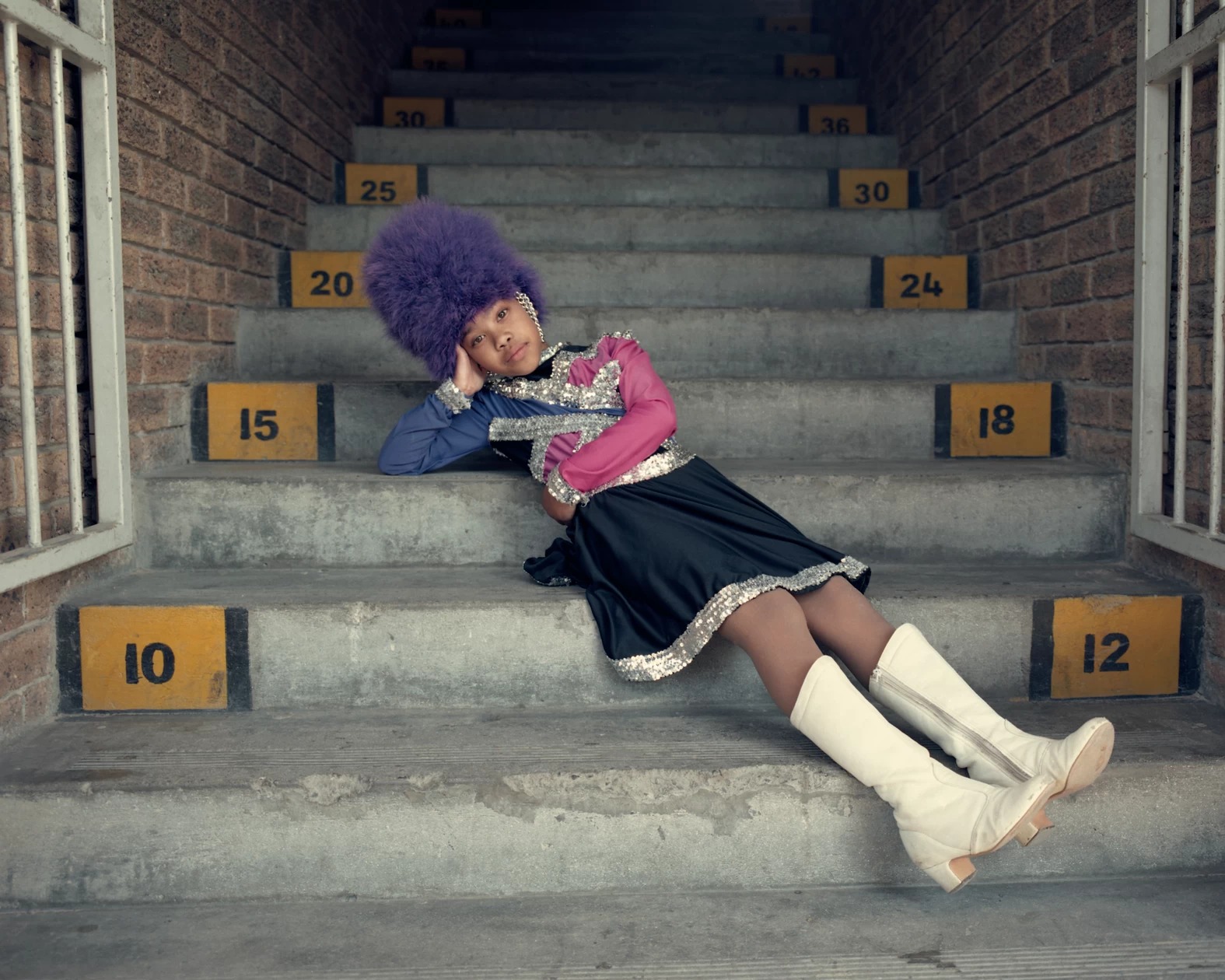
The drummies ranges from five to 18 years old… did working with an age spectrum mean different levels of self-consciousness in front of the camera?
It’s interesting: the first school I worked with was a primary school: girls as young as five, up to 13. Actually working with the younger ones was why I pursued the whole project. There was one five-year-old… she was just insane. I didn’t even give much direction; she just knew exactly what she wanted to do and how she wanted to be photographed. She was so confident, and composed, and had a very clear sense of self. To see that at such a young age…! Working with young children can be incredibly challenging, but it was very effortless, for me. I try to collaborate with people when making the portraits. There are certain little things you can always do to improve an image as a photographer, but I like people to feel that there’s a space where they can just project what they want. I was quite struck at how these very young kids had a sense of self. I realized being involved in this sport improves girls’ confidence — they become very empowered by doing it.
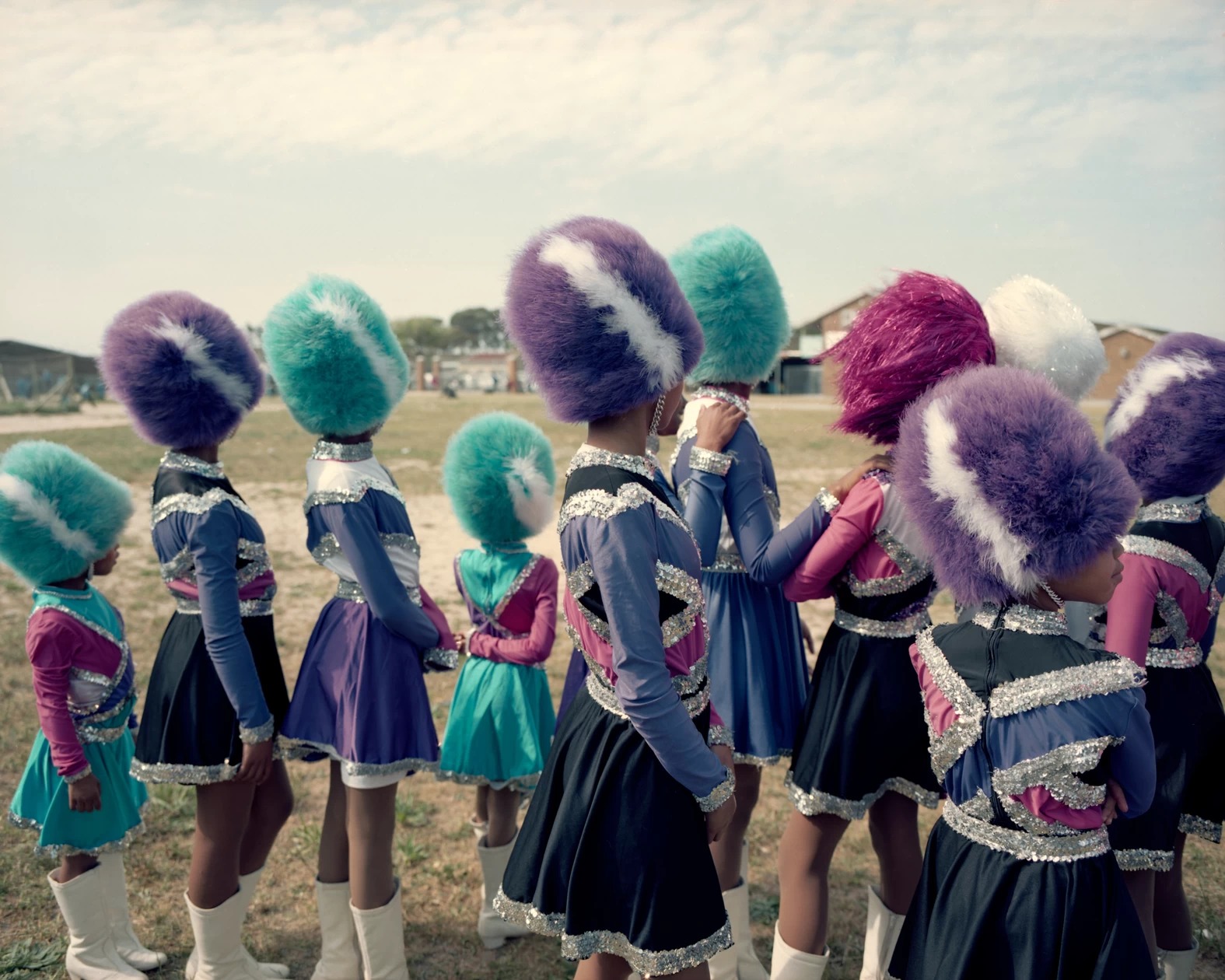
The sartorial seems to have an important role in your work, whether you photograph the Sapeurs or those in their Sunday Best. How does that change when you’re photographing subjects in uniform?
I’m working to highlight situations where people feel confident. I like people to look back at the images I create with them and feel like a positive moment was captured — that they feel proud of the images. Here the uniform that these girls are putting on… for them, being a drum majorette becomes an identity, a very positive one, and the uniform is representative of that. I did initially photograph them out of their uniforms too, but I realized that when they’re wearing the uniforms they subconsciously change their body language. They stand very tall, and kick their boots around [laughs]. It’s kind of like they’re the popular girls at school.
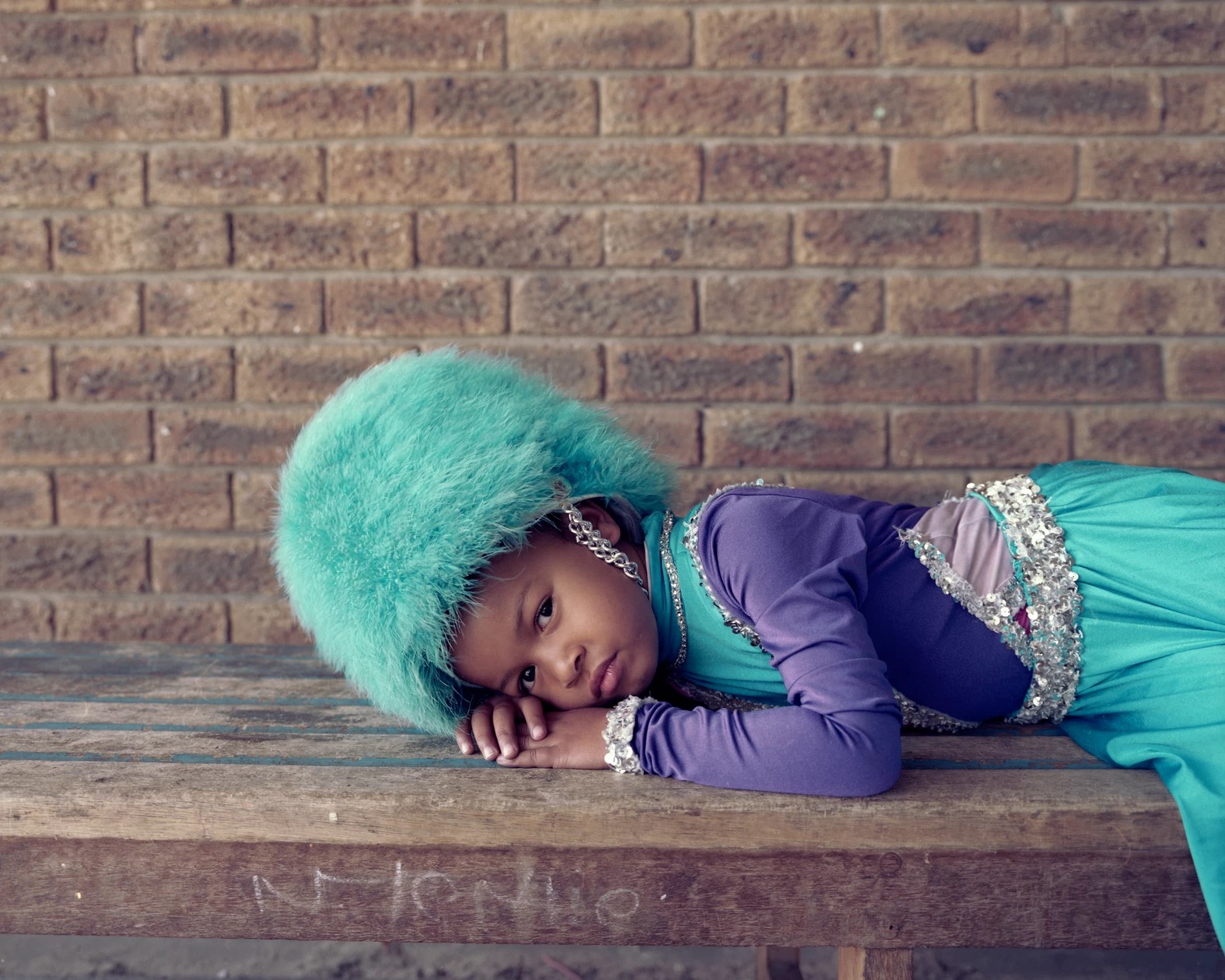
How do you balance introspective portraits and group scenes?
I have always focused on formal portraiture. With this work, it was the first time I tried to expand that and create more documentary-style images. To expand the narrative is a good thing; to have formal portraits, combined with things as they’re happening, was a way to try and do that. I do feel, literally, honored that I got to work with them. They’re super amazing young women. I do believe photography is a subjective thing — I like to think that my respect and affinity for the people that I work with comes across.
The series is still ongoing. I’m actually going back this week to shoot in another province: these images are around Cape Town, next I’ll be shooting around Joburg. I want to show how it’s across the whole country that the sport affects girls in a positive way. I worked with six schools and attended a few competitions — traveling with the school on their bus, watching them get ready. But the competitions were crazy: one was in a giant stadium with thousands of people, with BBQ on the sidelines. It’s like a full day out. It’s very nice to see support behind young women, because a lot of time, young women and their rights are not emphasized.
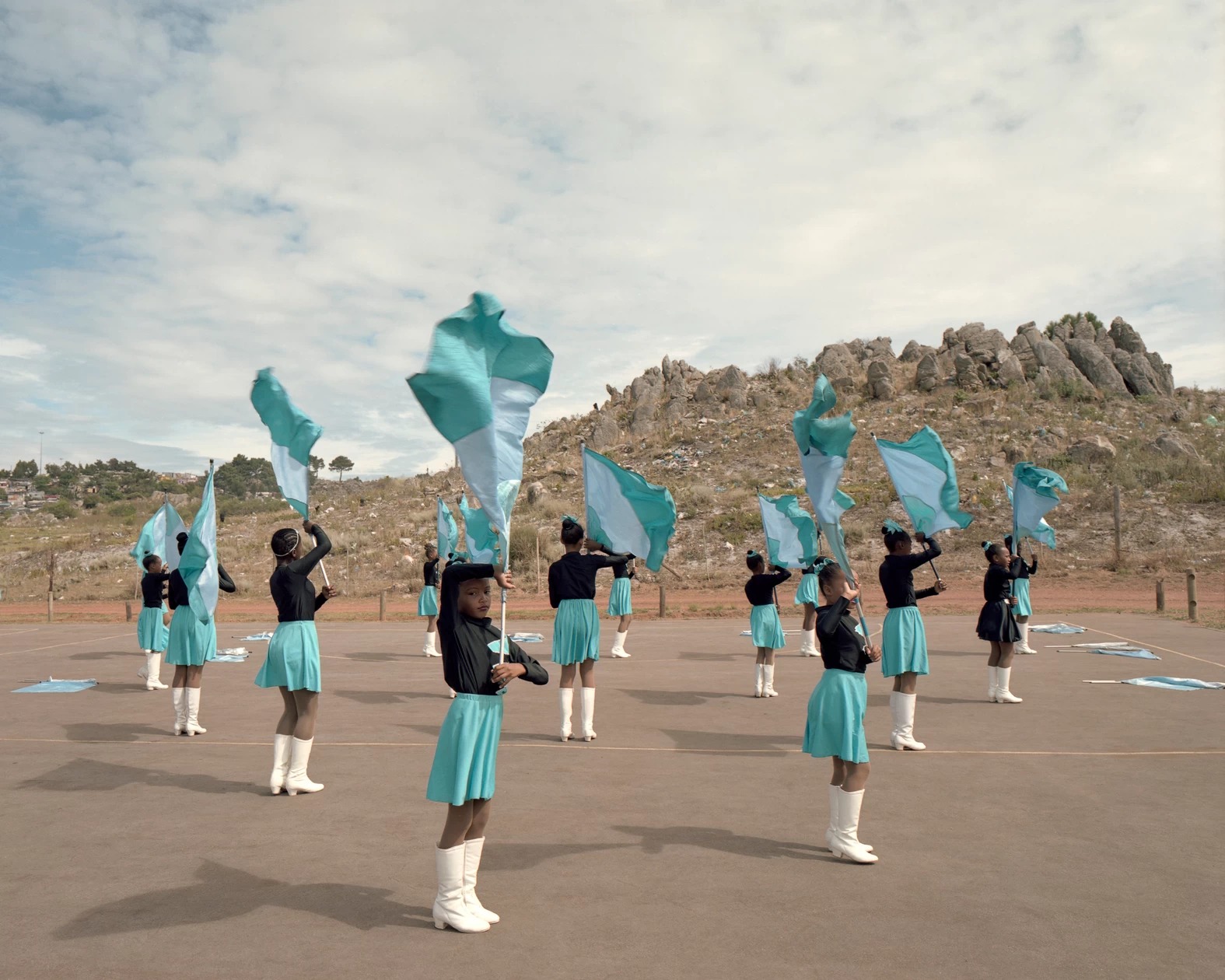
How do you know a subject is one you want to commit to long-term?
All of my work is quite intentional. I’m a planner — I don’t wander around with a camera. Once I found out about the drum majorettes, I was incredibly captivated by them and knew that, if I was at all able to, I wanted to pursue this. Once I start working on something, I do it for a few years. It’s important that people feel completely comfortable when I’m working with them. In all the work of other photographers I like, you see an evolution of that relationship between the people and the photographer.
Which photographers would you cite, where that relationship is especially evident?
I really like Donna Lixenberg: the Imperial Courts project I just love, going back and back and seeing people get older. There’s a French photographer whose work was shown last year in Arles that was ongoing over a long period of time with one family: Mathieu Pernot. That kind of thing where it’s a little bit sentimental…

How do you build that interpersonal tenderness?
Often, I spend a lot of time with people before actually bringing the camera. When I’m working, some people want to be photographed, and some might be more shy — I never try to construct things that aren’t already there. I work with people in the way that they want. And I make things very collaborative — it’s more of a dialogue. It’s very important to me that people direct themselves, especially with portraiture. It’s more catching things as they already are and emphasizing that moment, rather than creating something that isn’t there. It’s very important to me also, being a white photographer in Africa, that there is a relationship. I don’t want to just go and then leave with the photographs. It’s important to me that I keep returning, and giving people the images — a sustained engagement.
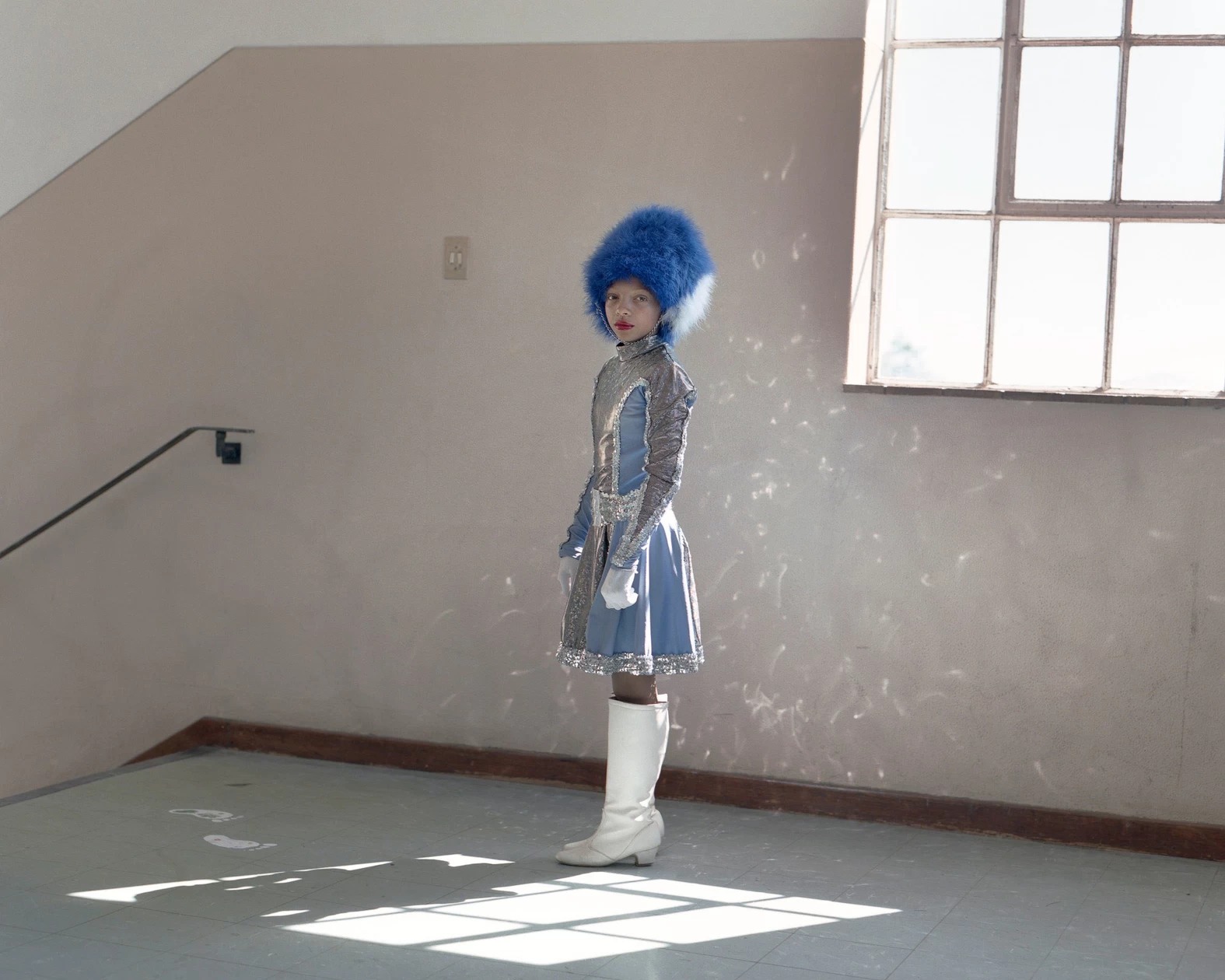
Is there an overt discussion around race with the girls?
I’m very aware of my position as a white photographer. As any photographer working with people, your position is very important. What does it mean, in relation to the people you’re working with? That’s why I try to collaborate so much, rather than just coming in and directing. I want people to feel that there’s a space where they can show me what they want, rather than me showing something that I see. I don’t discuss race — with all the coaches around — but I’m very open about my position, and what it means. I always think it’s a thing to negotiate. For me, it’s the approach: how are you engaging? That’s what I try to take into account. How you work with your subjects is critical.
You’re currently based in London, but would you say South Africa is intrinsic to your work? I did do quite a long project — which I think I’m still going back to also — with Congolese guys in France and the UK. But I focus a lot on South Africa. I am South African, I grew up there, and I have some insight into the space. But I’m based in the UK, so I can see how a Western audience views South Africa — which is very often in a stereotypical way, quite one-dimensional and negative. I’m always asked about the crime, for example. The idea that people have of it, as a country and as a space, is quite skewed — particularly related to young South African women, and women of color. They’re seen more as victims, lacking agency. Obviously it has got a very complex history. I think there are a lot of gaps, and I try to create nuanced representations, to show alternative realities to challenge those stereotypes. I did want to challenge that with this particular project. There are young women creating a positive space for themselves.
This article was originally published on i-D US.
